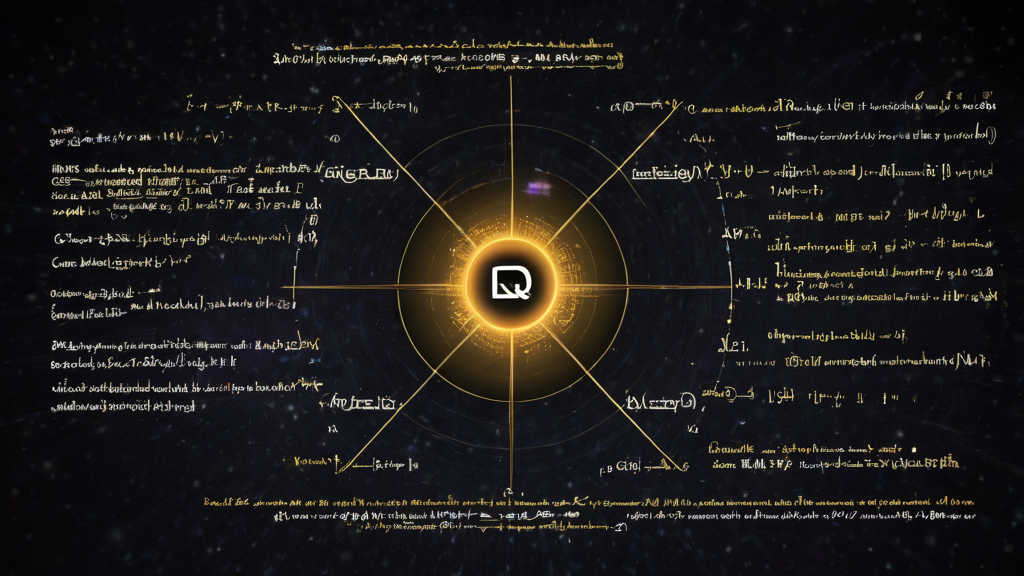Quantum computing holds the promise of solving some of our planet’s biggest challenges across various sectors like environment, agriculture, health, energy, climate, and materials science. As classical computing struggles to keep up with the growing complexity of these problems, quantum systems are poised to surpass the capabilities of today’s most powerful supercomputers. As researchers, scientists, engineers, and business leaders around the globe collaborate to advance the quantum ecosystem, we can expect a significant acceleration in quantum impact across every industry.
What is Quantum Computing?
At its core, quantum computing leverages quantum-mechanical phenomena such as superposition and entanglement to perform operations on data. Unlike classical computing, which uses bits that can be either 0 or 1, quantum computing employs quantum bits (qubits). Qubits can exist in multiple states simultaneously, allowing for parallel computation and quantum interference, which can lead to exponentially faster calculations.However, a quantum computer is not simply a supercharged classical computer. One of the main goals of quantum computing research is to identify problems that can be significantly accelerated by quantum computing and determine the extent of this speedup. Quantum computers excel in areas that require calculating a vast number of combinations, such as quantum simulations and cryptography.
Analog and Digital Quantum Computing
Quantum computing is an emerging technology with several hardware implementations and approaches. The two primary architectures are analog and digital quantum computing.
Analog Quantum Computing
In analog quantum computing, quantum information is represented by continuous variables, such as the amplitude and phase of a quantum wave function. This approach uses a continuous range of values to represent quantum information and manipulates these values through analog circuits and signal processing techniques. Analog quantum computing is particularly useful for problems involving continuous optimization or simulation.
Digital Quantum Computing
Digital quantum computing, or gate-based quantum computing, uses discrete qubits to represent and manipulate quantum information using a finite set of values, typically 0 and 1. Quantum information is manipulated using digital circuits and algorithms. Similar to classical logic gates (like AND-gates and OR-gates), digital quantum computers use gates to operate on quantum states. These gates exploit quantum mechanical properties, such as the spin of an electron or the polarization of a photon, to represent information.

The Role of Complex Numbers
Complex numbers play a crucial role in quantum computing, representing the state of qubits and the operations performed on them. A qubit, a two-state quantum system, can exist in a superposition of states simultaneously, described by a pair of complex numbers that indicate the probability of the qubit being found in a particular state upon measurement. Complex numbers also represent quantum gates, which are typically unitary matrices (complex matrices that preserve the inner product of vectors). These matrices correspond to rotations and other operations on qubits, enabling quantum algorithms to perform certain calculations much faster than classical algorithms.
Linear Algebra in Quantum Computing
Linear algebra is fundamental to quantum computing, providing the mathematical framework to understand and manipulate quantum systems. Quantum systems are described using state vectors or wavefunctions, which exist in high-dimensional vector spaces. Here are some specific applications of linear algebra in quantum computing:
Quantum Gates
Quantum gates, analogous to classical logic gates, perform operations on qubits such as rotations and phase shifts, and can entangle qubits. These gates are unitary operators acting on the state vector of the qubit, represented as matrices (typically 2×2 or 4×4 complex-valued matrices) that preserve the probability amplitudes of quantum states.
Quantum Algorithms
Many quantum algorithms, such as Shor’s algorithm, utilize linear algebraic techniques for computational speedup. Shor’s algorithm, for instance, uses linear algebra to efficiently perform modular exponentiation, formulated as a problem involving matrices over a finite field.
Quantum Error Correction
Building practical quantum computers involves overcoming high susceptibility to environmental noise and decoherence. Quantum error-correction, based on linear algebraic techniques, is essential to mitigate these effects. Quantum error-correcting matrices act as projectors that detect and correct errors in the state vector of a quantum system.
Dirac Notation
Dirac notation, introduced by physicist Paul Dirac, is a concise mathematical notation used in quantum mechanics to represent quantum states and operations. This notation, also known as bra-ket notation, simplifies the representation and computation of quantum states and operations.
Representing Quantum States
In Dirac notation, quantum states are represented by kets, such as |0⟩ and |1⟩, which correspond to the computational basis states of a single qubit. The notation allows for the expression of quantum states as superpositions, for example:
|ψ⟩ = α|0⟩ + β|1⟩
where α and β are complex numbers called probability amplitudes, satisfying the normalization condition |α|^2 + |β|^2 = 1.
Representing Quantum Gates
Quantum gates, the building blocks of quantum circuits, can also be represented using Dirac notation. For example, the NOT gate, which flips the state of a qubit, is represented as:
X=∣0⟩⟨1∣+∣1⟩⟨0∣
When applied to a qubit in state |ψ⟩, the NOT gate produces a new state |ψ’⟩:
∣ψ′⟩=X∣ψ⟩
This notation enables the manipulation and transformation of quantum states and gates in a concise and elegant way, making it a powerful tool for quantum computing.
Conclusion
Quantum computing is an exciting and rapidly advancing field with the potential to revolutionize various industries by solving problems that are currently intractable for classical computers. By leveraging the principles of quantum mechanics, such as superposition and entanglement, and employing sophisticated mathematical frameworks like linear algebra and Dirac notation, quantum computing offers a new paradigm for computation. As research and development in this field continue to progress, we can anticipate transformative impacts across many sectors, paving the way for innovative solutions to some of our most pressing challenges.

